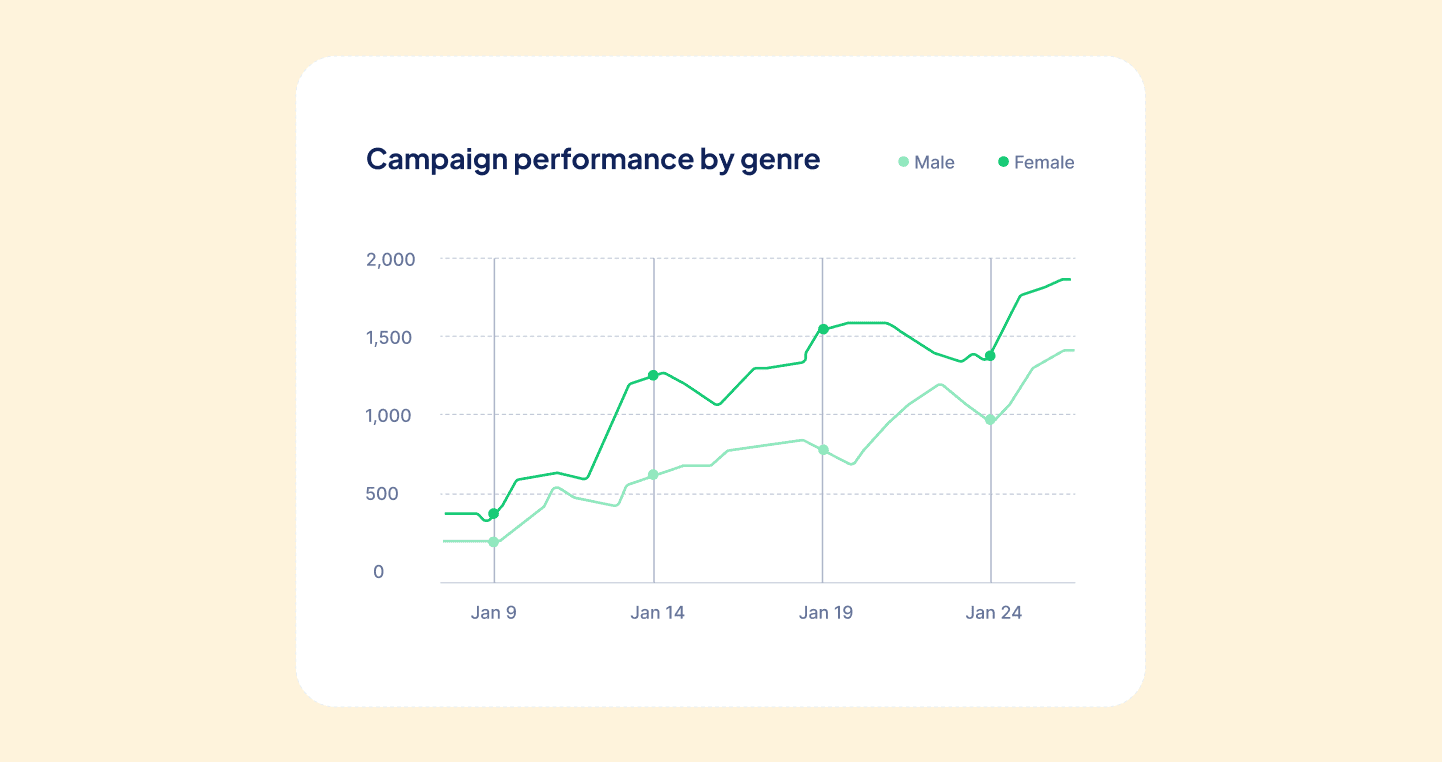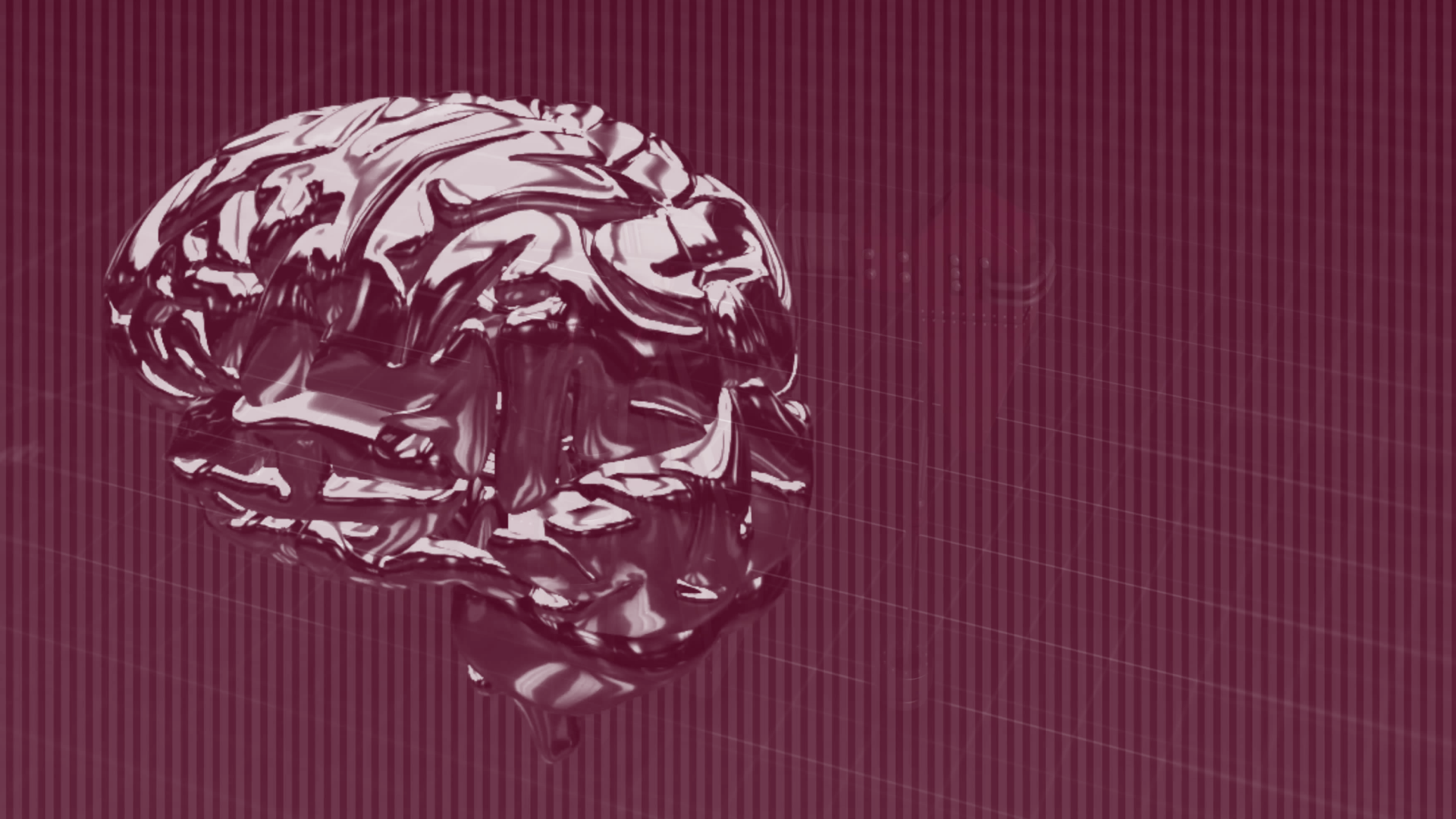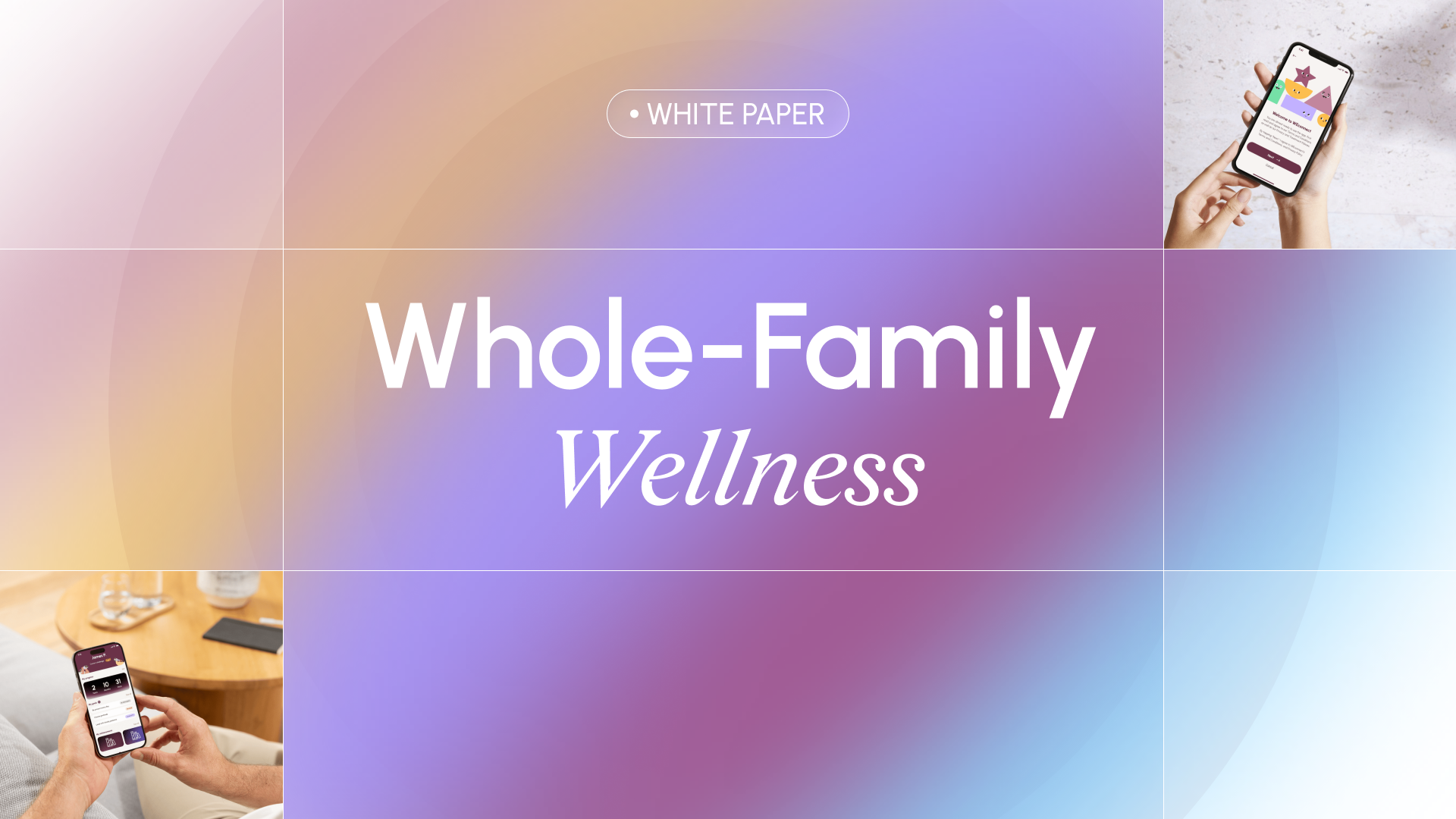I began my recovery journey as a white woman in Harford County, Maryland, a suburb just north of Baltimore. In the recovery meetings I attended, there were very few people of color present, even though the general population was remarkably diverse. Then I went to an inpatient treatment center on the outskirts of Philadelphia. Again, there were maybe a handful of non-white folks in treatment when I went—even though the general population consisted of a large percentage of people of color. At the time, this was not something I gave much thought to because it was not impacting me personally. But as I now reflect on my experience, I understand the significance of that observation, and I am saddened that others have not had the same opportunities that I was given which resulted in saving my life. I think about how much different my life would look today if I were not given those opportunities to find and grow my recovery.
The first time I was made aware of the privilege I have was when I was invited to attend an event in a community of color after moving to South Carolina. It was an event created to discuss the impact substance use disorder has on communities of color, and what could be done to help these communities. As I listened to religious and community leaders discuss the issues, I experienced a feeling of pain and anger that was overwhelming. People were angry, frustrated, and vulnerable, and they expressed those feelings passionately. When I feel like I am being yelled at, I have an automatic trauma response of fear that kicks in; so at this event I felt myself becoming fearful. Once I was able to get past the fear and really hear what people were saying, I began to understand their rage. I remember thinking to myself, “If I were them, I would be angry, too.”
As their message began to sink in, I became upset about the discriminatory way people of color who experience addiction have been treated by our society. I listened to people talk about how they were punished for being addicted during the crack epidemic, particularly in cities like Baltimore. They were not offered help; they were given mandatory prison sentences. Their children were called “crack babies,” furthering the stigma and punitive measures taken against families of color.
People expressed anger over the fact that the opioid epidemic is being handled much differently than the crack epidemic. Since white families are largely the ones impacted, addiction is now viewed as a disease that people need help to manage, instead of being locked in a prison cell for being addicted. They are absolutely right. Today, mothers who are opioid-dependent have the option to get medication to help keep them and their baby healthy. When children are born, the families are offered options for getting help.
Conversely, those options were never given to people of color during the crack epidemic. Even though studies reflect that white people used crack cocaine at higher rates than people of color, the negative and punitive effects of crack cocaine addiction disproportionately impacted communities of color. At the event I attended, people expressed the distrust they had around seeking treatment and entering recovery because of the historical disparity between the way in which people of color experience addiction and recovery as opposed to the experience of the white communities. When I reached that understanding, I reflected on my own treatment and recovery experience.
After leaving that event, I understood why I have not encountered many people of color in my treatment and recovery journey. It gave me a whole new perspective on my own journey. That was the moment I became keenly aware of my privilege as a white woman in recovery. I realized that even though substance use disorder marginalized me in the eyes of the general population, my white privilege extended to the recovery domain. And I knew I wanted to do something to help communities like this one who were in so much pain.
I had no idea what I could do to help communities of color because I am not a member of that community myself, and the last thing I wanted to do is cause more harm. Having discussions and taking action was uncomfortable for me. I made a few futile attempts to connect, but I worried that by speaking up, my actions had the potential to make things even worse for the people I wanted to help. Then I had the opportunity to attend an antiracism training through my employer, WEconnect. In this training, I learned about the importance of having uncomfortable conversations. It taught me that I had the ability to reject policies and practices that would negatively impact communities of color, and to support policies and practices that uplifted communities of color—especially during a global pandemic. Communities of color have been hit hardest by COVID-19, and overdoses have skyrocketed during that time.
The antiracism training I received taught me that I can use my privilege to help communities of color. I have learned the best way I can help people is to be genuine. To use my privilege to highlight the injustices being inflicted upon communities of color and uplift their voices. Now I endeavor to use my privilege to advance the conversations and actions being taken to support these communities—and we all have opportunities to contribute to those efforts by using our privilege.
Some examples might be:
- Have conversations with people of color and ask what they need, what is missing, and what they would like to see happen in various spaces such as addiction prevention, treatment, and recovery. Ask how you can help them as a person with privilege. Then facilitate, support, and execute making their needs realized. Inevitably, there will be difficult conversations and moments. But for real, lasting, impactful change to come about, tough conversations need to be had. Think of these moments as opportunities for you to expand your perspective and potential to be a better ally in the future. This is an ongoing process that will refine and grow with each iteration.
- Remember, being a squeaky wheel is a privilege. Use it to open doors and create a seat at the table for people of color.
- Be vigilant, ask questions, and look for ways you can help. For me, it is important to notice if I am at a recovery meeting and there are no people of color there, and to ask why. Things like this may seem small, but they can make the difference between someone feeling welcome or excluded.
- Walk the walk. Do not just talk about it: BE about it. People stand to benefit from talk, and people of color are used to being exploited in the name of “diversity.” Do not participate in this perpetuation of injustice! Actions need to come from the statements and conversations. These actions must be centered around the voices and communities of people of color. Instead of imposing a solution that seems right from your perspective, listen to the suggestions of those who will be most impacted by the solutions. They know better than you do about what they need.
- Re-evaluate. Change as appropriate. Step back and step aside when space has been made for people of color, and be available as a resource if needed.
Our country’s history of racism has had devastating impacts on communities of color and individuals who have experienced substance use disorders. I know I cannot reverse the damage that has already been done... But I can use my privilege to support these communities moving forward by having uncomfortable conversations, condemning policies and practices that are racist, and supporting policies and practices that provide a safe space for communities of color to access treatment and recovery, and so can you.
Emphasize your product's unique features or benefits to differentiate it from competitors
In nec dictum adipiscing pharetra enim etiam scelerisque dolor purus ipsum egestas cursus vulputate arcu egestas ut eu sed mollis consectetur mattis pharetra curabitur et maecenas in mattis fames consectetur ipsum quis risus mauris aliquam ornare nisl purus at ipsum nulla accumsan consectetur vestibulum suspendisse aliquam condimentum scelerisque lacinia pellentesque vestibulum condimentum turpis ligula pharetra dictum sapien facilisis sapien at sagittis et cursus congue.
- Pharetra curabitur et maecenas in mattis fames consectetur ipsum quis risus.
- Justo urna nisi auctor consequat consectetur dolor lectus blandit.
- Eget egestas volutpat lacinia vestibulum vitae mattis hendrerit.
- Ornare elit odio tellus orci bibendum dictum id sem congue enim amet diam.
Incorporate statistics or specific numbers to highlight the effectiveness or popularity of your offering
Convallis pellentesque ullamcorper sapien sed tristique fermentum proin amet quam tincidunt feugiat vitae neque quisque odio ut pellentesque ac mauris eget lectus. Pretium arcu turpis lacus sapien sit at eu sapien duis magna nunc nibh nam non ut nibh ultrices ultrices elementum egestas enim nisl sed cursus pellentesque sit dignissim enim euismod sit et convallis sed pelis viverra quam at nisl sit pharetra enim nisl nec vestibulum posuere in volutpat sed blandit neque risus.

Use time-sensitive language to encourage immediate action, such as "Limited Time Offer
Feugiat vitae neque quisque odio ut pellentesque ac mauris eget lectus. Pretium arcu turpis lacus sapien sit at eu sapien duis magna nunc nibh nam non ut nibh ultrices ultrices elementum egestas enim nisl sed cursus pellentesque sit dignissim enim euismod sit et convallis sed pelis viverra quam at nisl sit pharetra enim nisl nec vestibulum posuere in volutpat sed blandit neque risus.
- Pharetra curabitur et maecenas in mattis fames consectetur ipsum quis risus.
- Justo urna nisi auctor consequat consectetur dolor lectus blandit.
- Eget egestas volutpat lacinia vestibulum vitae mattis hendrerit.
- Ornare elit odio tellus orci bibendum dictum id sem congue enim amet diam.
Address customer pain points directly by showing how your product solves their problems
Feugiat vitae neque quisque odio ut pellentesque ac mauris eget lectus. Pretium arcu turpis lacus sapien sit at eu sapien duis magna nunc nibh nam non ut nibh ultrices ultrices elementum egestas enim nisl sed cursus pellentesque sit dignissim enim euismod sit et convallis sed pelis viverra quam at nisl sit pharetra enim nisl nec vestibulum posuere in volutpat sed blandit neque risus.
Vel etiam vel amet aenean eget in habitasse nunc duis tellus sem turpis risus aliquam ac volutpat tellus eu faucibus ullamcorper.
Tailor titles to your ideal customer segment using phrases like "Designed for Busy Professionals
Sed pretium id nibh id sit felis vitae volutpat volutpat adipiscing at sodales neque lectus mi phasellus commodo at elit suspendisse ornare faucibus lectus purus viverra in nec aliquet commodo et sed sed nisi tempor mi pellentesque arcu viverra pretium duis enim vulputate dignissim etiam ultrices vitae neque urna proin nibh diam turpis augue lacus.
%202.svg)
.jpeg)

